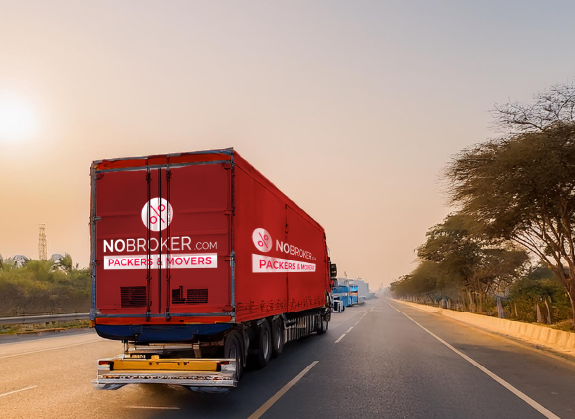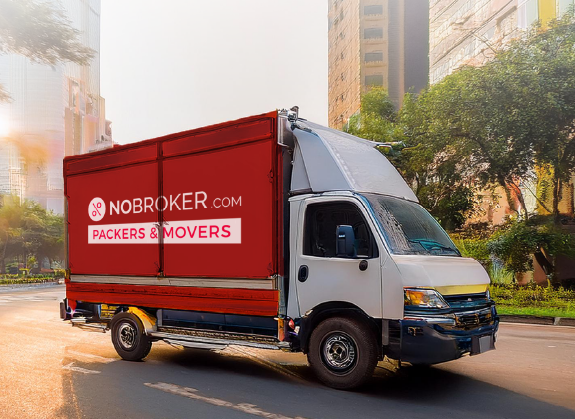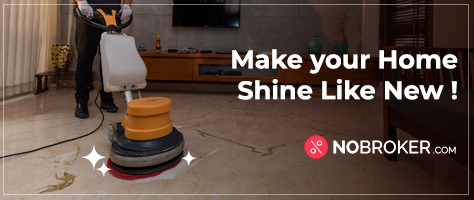The Basics of High Pressure Laminate
What Is High Pressure Laminate? High Pressure Laminate, commonly known as HPL, is a composite material crafted by layering multiple sheets of paper or fabric impregnated with resin. These layers undergo high-pressure processing, resulting in a robust and durable laminate. Understanding the Composition The core components of HPL include layers of kraft paper soaked in phenolic resin. The top layer, enriched with decorative patterns or solid colors, provides the aesthetic appeal, while the bottom layer serves as a balancing sheet, ensuring structural stability. Production Process Unveiled HPL undergoes a meticulous production process involving heat and pressure. The layers are fused together, creating a resilient material known for its resistance to wear, scratches, and impact.Applications Across Industries
In Interior Design: Elevating Aesthetics High Pressure Laminate has become a staple in interior design. From kitchen countertops to stylish furniture, its versatility allows designers to explore various patterns and textures, providing a contemporary touch to spaces. In Commercial Spaces: Durable Solutions Commercial establishments benefit from HPL's durability and low maintenance. Countertops, wall panels, and flooring solutions crafted from HPL withstand heavy foot traffic and maintain their aesthetic appeal over time. In Manufacturing: Precision and Strength The manufacturing sector utilizes HPL for its precision and strength. It finds applications in machinery components, work surfaces, and specialized equipment where resilience and reliability are paramount.Advantages of Choosing High Pressure Laminate
Durability Beyond Compare One of the standout features of HPL is its exceptional durability. Resistant to stains, heat, and impact, it ensures a long-lasting and low-maintenance solution for various surfaces. Aesthetic Freedom With a vast range of colors, patterns, and textures available, High Pressure Laminate provides unparalleled aesthetic freedom. It allows designers and homeowners to express their creativity and style. Easy Maintenance HPL's smooth and non-porous surface makes cleaning a breeze. A simple wipe-down is all it takes to keep surfaces looking brand new, making it a preferred choice for high-traffic areas. Whether you're designing interiors, furnishing commercial spaces, or seeking durable solutions, HPL stands as a reliable and stylish choice. Embrace the world of High Pressure Laminate and elevate your spaces with this exceptional material. Read More. Trending 10 Laminates Living-Room Colour Combination. The Pros and Cons of Glossy Laminates For Kitchen Design.How to Choose the Right Modern Laminated Doors for Your Space?
Your Feedback Matters! How was this Answer?
Shifting, House?
✔
Lowest Price Quote✔
Safe Relocation✔
Professional Labour✔
Timely Pickup & Delivery
Intercity Shifting-Upto 25% Off
Check Prices

Intracity Shifting-Upto 25% Off
Check Prices

City Tempo-Upto 50% Off
Book Now
- Layering: Multiple layers of kraft paper, which is a type of sturdy paper made from wood pulp, are impregnated with resin. These layers can vary in color and pattern, allowing for a wide range of design options.
- Pressing: The impregnated kraft paper layers are stacked on top of each other along with a decorative top layer. This decorative layer can mimic various textures, patterns, and colors, such as wood grain, stone, or solid colors. The stack is then placed in a press.
- High Pressure and Heat: The press applies extremely high pressure and heat to the stack. The combination of pressure and heat causes the resin to cure and bond the layers together, creating a strong and dense composite.
- Cooling and Trimming: After the curing process, the laminate sheet is cooled down. Once cooled, the sheet is trimmed and cut into the desired sizes for further processing.
- Durability: HPL is highly durable and resistant to scratches, impacts, and wear, making it suitable for high-traffic areas like countertops, tabletops, and flooring.
- Versatility: It comes in a wide array of designs, colors, and textures, allowing for creative and customizable design options.
- Easy Maintenance: HPL is relatively easy to clean and maintain, requiring simple cleaning routines to keep it looking good.
- Resistance: HPL is resistant to moisture, chemicals, and heat, making it a practical choice for kitchens and other areas where spills and temperature fluctuations are common.
- Cost-Effective: Compared to natural materials like stone or wood, HPL is often more cost-effective while still offering similar aesthetic qualities.
- Environmental Considerations: Some HPL manufacturers offer eco-friendly options that use sustainable materials and production processes.
Your Feedback Matters! How was this Answer?
Shifting, House?
✔
Lowest Price Quote✔
Safe Relocation✔
Professional Labour✔
Timely Pickup & Delivery
Intercity Shifting-Upto 25% Off
Check Prices

Intracity Shifting-Upto 25% Off
Check Prices

City Tempo-Upto 50% Off
Book Now
Hey Pal,
While selecting laminates for my home. I was really confused about the various laminates available in the market like PVC, HPL, and so on. Hence, I started my research about the same to avoid any kind of confusion. Just like you, I was also curious about what is high pressure laminate sheet. Hence, I hope this answer would help you with your query.
One of the most resilient ornamental surface materials, high pressure laminate can also have particular performance qualities including chemical, fire, and wear resistance.
Get your HPL laminates quickly installed by NoBroker Carpenter anytime Renovate your house by NoBroker Home Interior Service How is HPL Laminate Sheet made?Multiple layers of kraft paper are saturated with phenolic resin to create HPL. Before pressing, kraft paper is covered with a layer of printed decorative paper. Under pressure and heat, the resulting sandwich is joined together (more than 1,000 PSI). Due to the fact that phenolic and melamine resins are thermoset polymers, during the curing process, a cross-linking reaction turns the paper sheets into a single, hard laminated sheet, converting the resin into plastic. HPL is durable because of the strong, irreversible bonds produced by thermosetting.
High pressure laminates come in a variety of sorts or grades that are designed for particular performance demands;
- General Purpose:
The most popular HPL. suitable for usage on both horizontal and vertical surfaces. often between 0.028" and 0.048" thick (0.71 to 1.22 mm).
- Postforming:
By using heat and restriction, it is possible to shape the material around curved edges. Maximum thickness is roughly 0.038" (0.97 mm), and radii as tiny as 3/8" can typically be manufactured (9.5 mm).
- Backer:
HPL was manufactured without a decorative face. available as regrind or standard (most popular; a little thinner than ornamental HPL) (reclaimed HPL with decorative sheet sanded off).
- Unique Products:
Cabinet liners, high-wear, fire-rated, electrostatic dissipative, and chemical resistant laminates are examples of specialty high pressure laminates.
Particleboard or MDF can be laminated with HPL to enhance the physical performance of the substrate in addition to its aesthetic features. For instance, a shelf made of 3/4′′ industrial (M-2) particleboard that is 24′′ long can support a uniform load of 45 lbs. per square foot (psf) with 0.133′′ of deflection. If HPL is overlaid, the same shelf may support 85 pounds per square foot before experiencing the same deflection.
HPL Laminate Sheets Uses:One of the toughest ornamental surface materials is high pressure laminate. It can be found in furniture, cabinetry, flooring, and wall coverings, and it works well in both horizontal and vertical applications.
For surfaces in heavy traffic areas of the house, as well as in retail, corporate, and hospitality environments, HPL is a durable material that works well. In hospitals and clinics, it is frequently used on both vertical and horizontal surfaces.
HPL can also be postformed due to its nature. With ogees and numerous radiuses, the technique has advanced to incorporate a variety of quality edge treatments that mirror more expensive stone installations.
I would like to conclude here about the high pressure laminate sheet. I hope this helps:)
Read More:
What is PVC Laminate Sheet? How to Cut Laminate Countertop for Sink? How to Fix Laminate Wood Scratches?Your Feedback Matters! How was this Answer?
Shifting, House?
✔
Lowest Price Quote✔
Safe Relocation✔
Professional Labour✔
Timely Pickup & Delivery
Intercity Shifting-Upto 25% Off
Check Prices

Intracity Shifting-Upto 25% Off
Check Prices

City Tempo-Upto 50% Off
Book Now
Related Questions
Related Questions in Generic Interiors
Most Viewed Questions
Recently Published Questions
Authors Of The Question

0 Total Answers
Recently Answered Questions

0 Total Answers








What Is High Pressure Laminate?
Sana
136 Views
3 Answers
2 Year
2022-10-28T17:41:32+00:00 2022-10-28T17:41:35+00:00Comment
Share